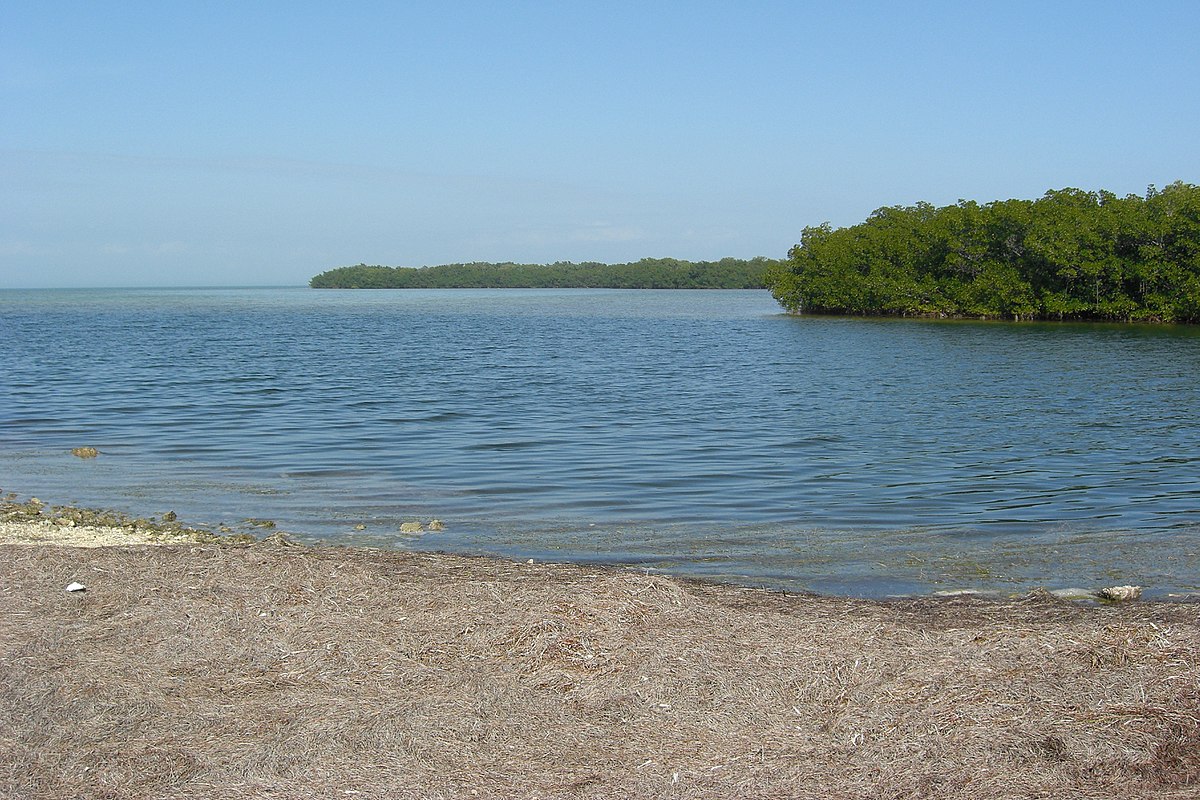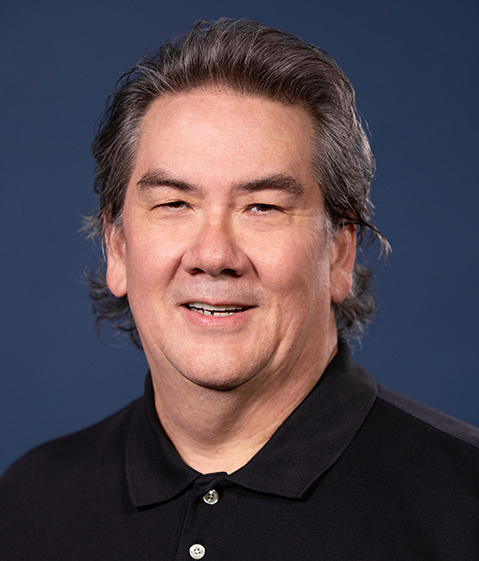In 1956, when World War II veteran Dr. R.E. Shands bought what was then known as Little Fat Deer Key in Florida’s Middle Keys, it was an uninhabited island that the federal government owned but no longer wanted. He had hoped to eventually turn his 7.9 acres of land into a family vacation spot but unfortunately passed away before he could do it. The island, now known as Shands Key—which the government changed to honor Dr. Shands’ service—was left to his wife and then passed on to their four children.
At the time of Dr. Shands’ death, the island was zoned for residential use and could have accommodated at least seven new homes by right. The island remained vacant for many years until 2004, when the Shands children were finally able to afford to build on it—but the government had different ideas.
The Shands discovered that the local had enacted so many environmental and developmental restrictions that Shands Key could no longer be developed, despite the fact development regularly took place on neighboring islands. Government regulations today allow only camping and beekeeping on Shands Key, but even those uses would be nearly impossible, as the rules prohibit building even so much as a dock to facilitate boating back and forth to the island.
The Shands very much want to use their land for its intended purpose, but government regulations have stripped away all economic use of their property, essentially turning the island into a nature preserve. And even worse, the City didn’t pay the Shands for their lost property rights. The Constitution guarantees them just compensation, and with its full development rights, the land would be worth $3 million or more, but government restrictions have slashed the land’s worth to an estimated $60,000. City offered in return were Transfer of Development Rights (TDRs).
TDRs are essentially coupons given to property owners who could theoretically use them to build somewhere else or sell to another developer. But selling land (or its development rights) is not an actual use of the property. At best, it’s giving back a bit of value to the landowner after their valuable property rights have been destroyed. Too often, however, governments use TDRs to try and avoid paying just compensation for property they want to preserve in its natural state.
So, Rodney Shands and his siblings fought back in Florida courts to stop the city’s illegal use of TDRs and defend their constitutional right to just compensation for the taking of their property.
And after more than 15 years of fighting the City of Marathon, the Third District Court of Appeals ruled in the Shands siblings’ favor. The panel held that the City had regulated away all actual use of the property, and was therefore required to compensate the Shands. Importantly, the court held that government-created systems like Marathon’s TDR system were irrelevant when looking at what uses have been taken, and what uses remain.
In other words, government cannot take away everything we think of as traditional property rights and avoid takings liability by “awarding” the property owners paper “chits” to be sold to third parties. When government effectively turns private property into conservation lands, it must pay for it.
What’s At Stake?
- Governments cannot prohibit the development of private property and avoid paying for a taking. If a government wants to preserve a piece of land, it must pay for it.
- Governments cannot avoid paying for taking property by giving the property owner some form of transferrable development rights instead of just financial compensation.







